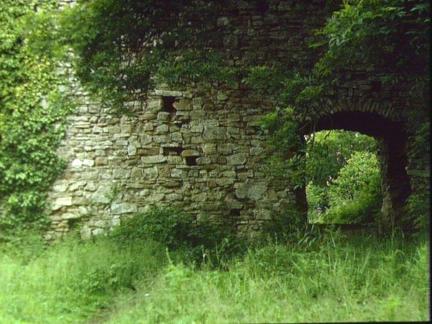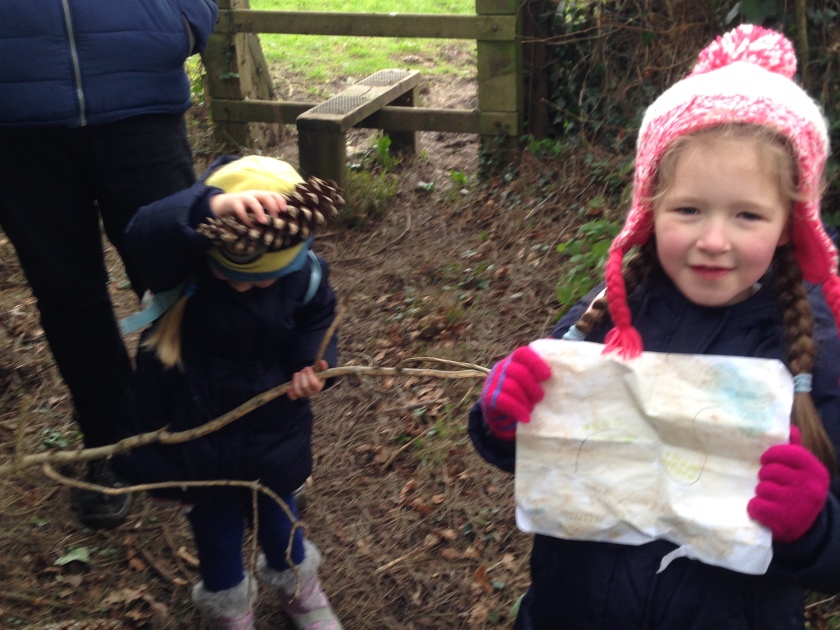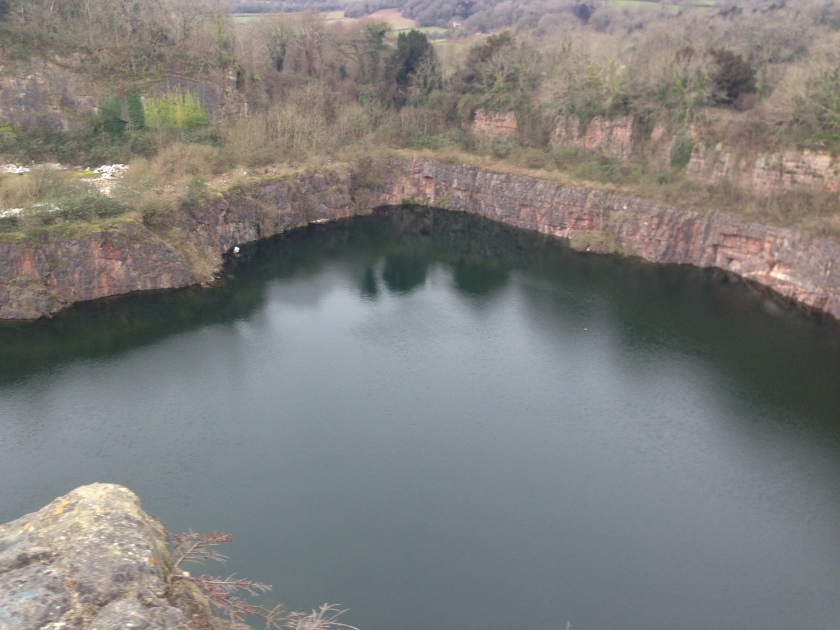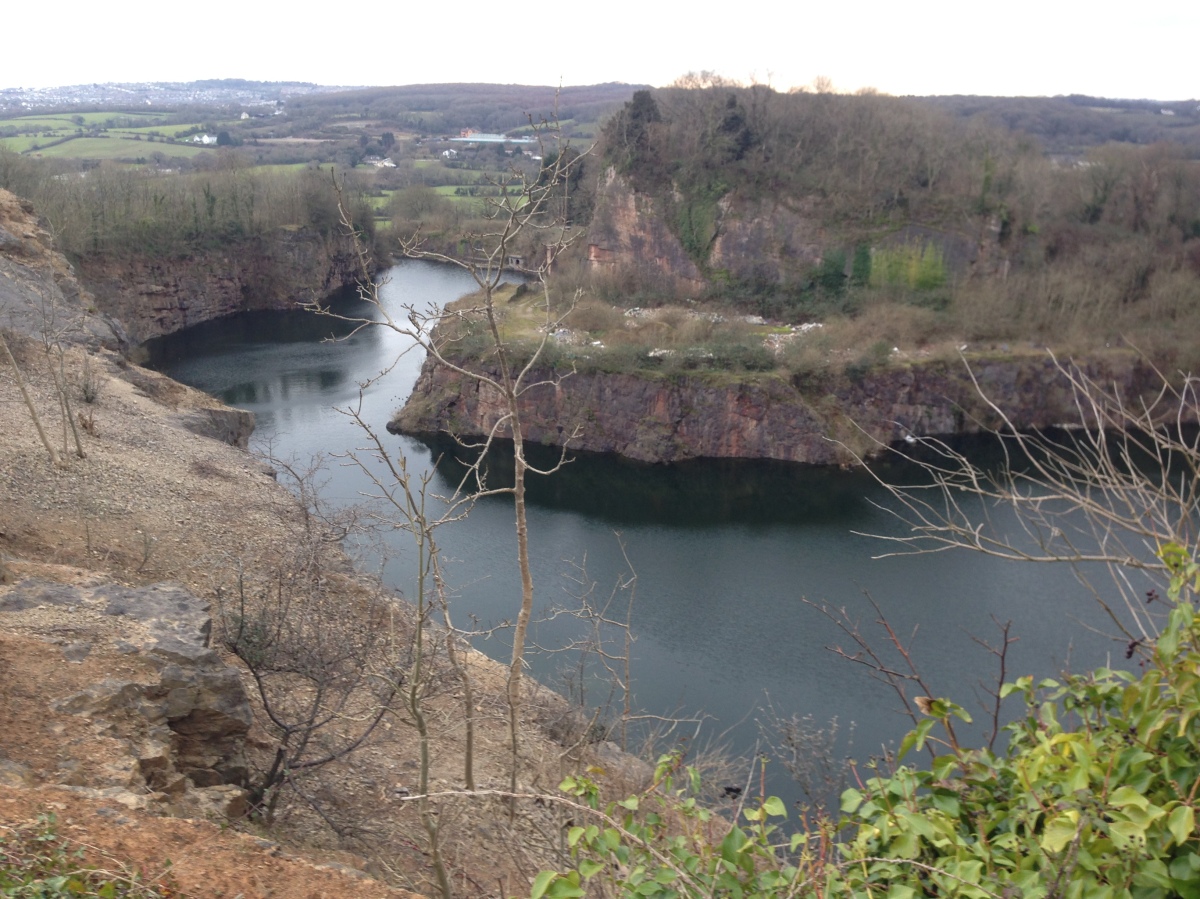Who knew that behind the big steel gates near Dinas Powys Common and St Andrews Major Primary School, lies a hidden gem of epic proportions?


It’s Dinas Powys Quarry.


Dinas Powys is my home. It’s a village – just- with a village centre, a village hall and an annual village show. It’s a village that the County Council and the Welsh government is trying to change forever with their big building programmes. We have, unusually it seems, a community council, our village is run by local people with a heart for our village. Dinas Powys is a community with a population of 8,800 at the last census and lies approximately 5.5 miles (9km) to the west of Cardiff in the Vale of Glamorgan.
The village also has the remains of a Norman castle…

….and the parish church of St Andrew’s dates from the 12th century.

The population had remained static at about 300-400 until the second half of the 19th century when there was an influx into this thriving rural community, including a big contingent from the West Country.
The growth of the coal industry saw the first passenger train arrive in Dinas Powys on Sunday, December 20, 1898, and after that the population increased rapidly.
Dinas Powys is a thriving community with a wide range of voluntary organisations and social groups for residents to enjoy, as well as a variety of sports clubs. The Common, a large area of open space administered by Dinas Powys Community Council, is a popular recreation area, and organised sport is also played at Parc Bryn-y-Don and Murch Playing Field.
It’s also the home of Dinas Powys Quarry.


The quarry was used to extract limestone. The limestone rock was first excavated by hand. It was used in the building of Barry Docks and for the building of some of the older houses in the Dinas Powys area. During the 17th Century a rocky outcrop above the quarry became the favourite seat of Hugh Lloyd after he was replaced as Rector of St. Andrew’s Church. This became known as ‘Cadair Yr Esgob’ (The Bishop’s Seat) as Lloyd became Bishop of Llandaff after the Restoration. Hugh Lloyd used to visit the quarry to sit and contemplate about his forthcoming sermons.


Armed with a treasure map, which Mia had drawn for us prior to our departure, we set out one sunny Sunday afternoon to discover the old quarry for ourselves. Notices around the village have, for some time informed us that the quarry was for sale. That was an intriguing prospect. For sure future excavations would be impossible as the quarry is uneconomic and the public outcry that would follow any decision to reopen with many large lorries full of stone travelling through our village would put the furor over Charlotte Church’s recent party in the shade! But oh that I had the money to buy this little gem- a shy part of our community, hiding behind the great metal gates – and preserve it for all members of the village and the wider community to enjoy.
Out adventure took us across stiles, up paths, across fields and through dense woodland. The adventurers numbered twelve in total.








The sight we met when we reached the cliffs above the quarry took our breath away.

The quarry lay hundreds of feet below us. The silence was eerie. You could almost touch it! We spoke little during our early minutes here. At one time the place would have been a hive of activity… large machines digging, huge lorries carrying, massive cranes lifting and explosive dynamite blowing the cliffs apart.
Now, just silence. A silence broken only by the occasional flapping of the wings of the few ducks who have made the quarry their home. The water, reflecting the sun and clouds overhead, hid years of neglect and illegal dumping, its secrets hidden forever or so it seems.
Just silence.





Our excitement broke the silence. We chatted, pointed things out and for a short time we sensed that the quarry enjoyed our company.





In the distance the town of Barry, the Vale of Glamorgan’s biggest town. The lights of Jenner park stood proudly on the horizon. The stone from the quarry helped build Barry’s massive docks over a century ago. Beyond the town the Bristol Channel sparkled in the late afternoon sun.
Far below us we saw the roof and the chimney of the home of the current owner. He still lives there it seems. What stories it could tell!

We stood for all long time in awe!
All too soon though, we needed to make the return journey. Our homes in the village beckoned us.
As we left the silence returned, wrapping itself around the acres of land which contained the quarry.

We followed Mia’s map, back through dense woodland, fields, paths and stiles.




As we neared our cars, we took time out to visit the village cemetery, which contains the graves of many of our friends – a little corner of Bethesda, a place full of memories of people we loved and who loved us. People who guided us, modelled life for us and shared our joys and sorrows. People who adventured with us.







Our memories warmed us on a cold afternoon.
As we left, we looked back up the path to the old quarry… still silent.



